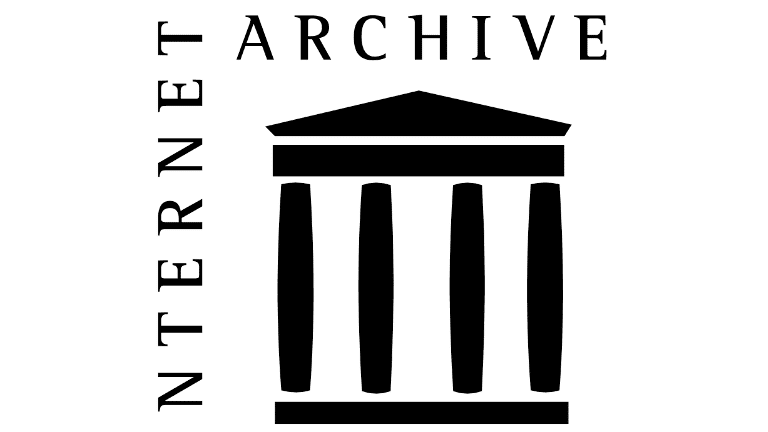The Internet Archive, home to the Wayback Machine, is one of the most widely used digital archiving services. Recently, however, it became the target of a massive data breach impacting millions of users and raising serious concerns about online security practices and the implications for personal data safety.
Initial Attack and Security Weaknesses
The breach’s initial signs appeared in May during a Distributed Denial of Service (DDoS) attack. Taking advantage of the holiday weekend, hackers targeted the platform when its employees were likely unavailable. Although the service was restored, further vulnerabilities soon emerged. By October 9, the situation had escalated, with users receiving a concerning JavaScript alert hinting at the platform’s inadequate security measures. This breach led to over 31 million users’ information being leaked, exposing personal data such as email addresses and even GitLab authentication tokens.
Key Details of the Data Breach
The database stolen from the Internet Archive included email addresses, password timestamps, and Bcrypt-hashed passwords, totaling about 6.4 GB. The breach timeline suggests that hackers had access to the system for weeks, gathering data without detection. The incident also revealed the Archive’s failure to promptly reset compromised credentials, as hackers were still able to access the Zenes email support platform even after the breach was discovered. This oversight allowed the hackers to control user communications, further compromising user privacy and the organization’s credibility.
How Hackers Exploited the System
The breach was later traced back to a configuration file left exposed on one of the Archive’s development servers since at least December 2022. This file contained authentication tokens, enabling hackers to download source code, access database management systems, and manipulate website elements, including user alerts. They allegedly also exfiltrated around 7 terabytes of additional data, though the exact content of this data has not been publicly verified.
Broader Implications and Speculation on Motives
Many speculate that the Archive’s status as a “sacred” internet resource, valued for preserving content often removed elsewhere, made it a controversial target. There are theories linking the breach to copyright infringement suits the Archive has faced from media companies, though no definitive cause has been established. The platform’s role in preserving valuable open-source intelligence data and investigative resources makes it an unlikely target for most hackers, adding to the complexity of the breach’s motives.
What Users Should Know Going Forward
This breach raises several lessons for both users and organizations regarding data security:
- Password Management: Users are encouraged to use unique, strong passwords for every account. Password managers can help automate this process, reducing the risk posed by password leaks.
- Data Privacy Awareness: The incident emphasizes the importance of controlling personal data shared online, as the Archive reportedly requires users to submit identification for certain requests. Users should be cautious about sharing sensitive information, even with trusted organizations.
- Security Protocols: Organizations should ensure all servers and development files are secure, particularly those that may hold sensitive information or authentication tokens. Regular audits and immediate resets of compromised credentials are essential to preventing prolonged unauthorized access.
The Internet Archive breach is a reminder of the challenges in maintaining secure digital infrastructures, even for reputable and well-respected organizations. As hackers become increasingly sophisticated, both users and organizations need to stay informed and vigilant about evolving security practices to protect their data.
Conclusion
The Internet Archive’s recent breach is a wake-up call to prioritize data security, not just for users but also for organizations managing vast amounts of sensitive data. While the Archive may recover, the incident serves as a reminder of the potential risks associated with digital archives and the essential measures needed to prevent similar occurrences in the future.
